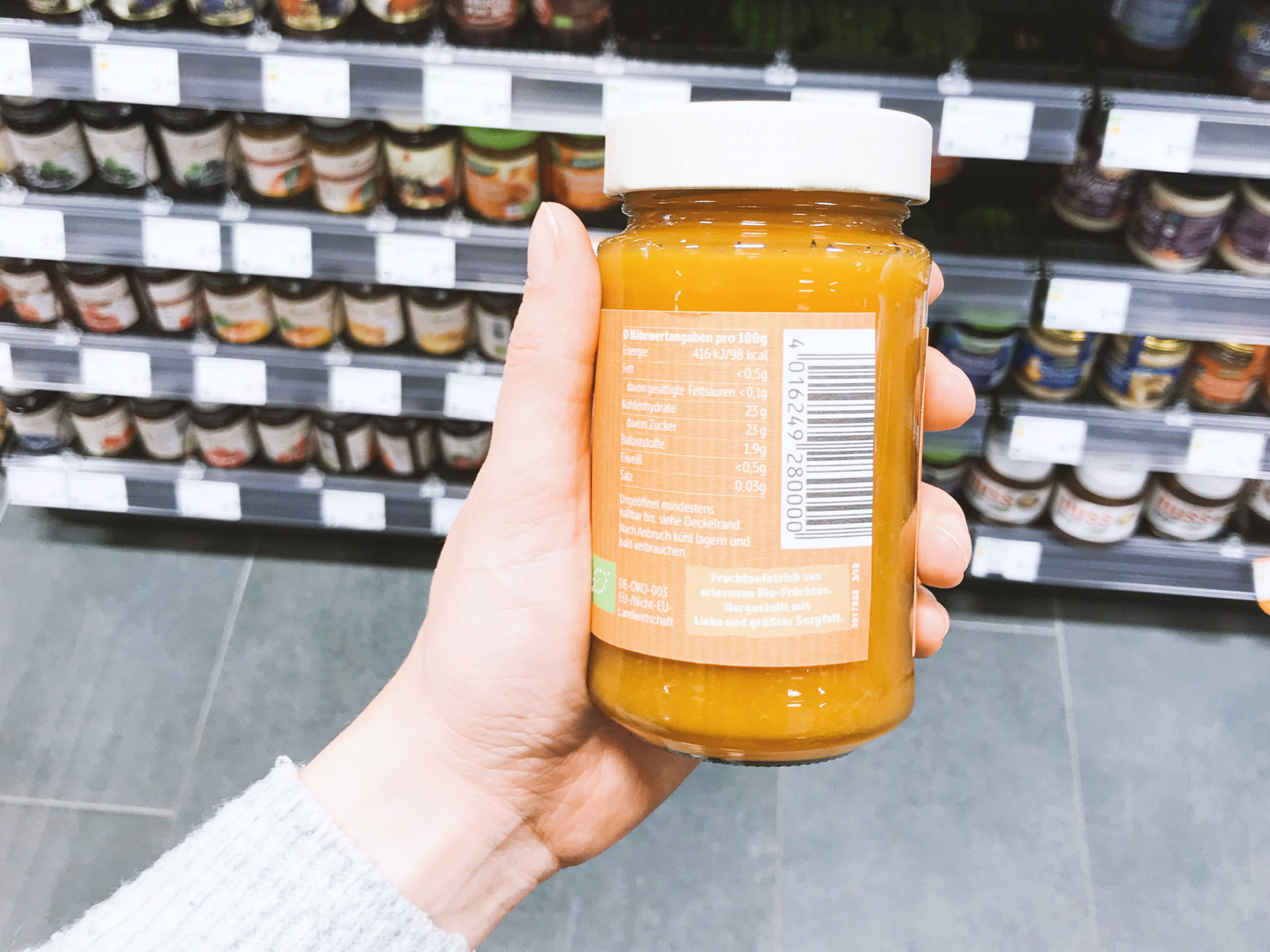As consumers, we need to pay close attention to nutritional information when selecting the products that will fill our plates. But as you know, this is easier said than done, as food packaging is first and foremost a marketing tool to sell the product. This is why in this article, we’ve gathered information on what to look for and how to interpret it!
Breaking down the nutritional label
By consuming processed foods and ready-made meals, we’ve lost the habit of taking an interest in the ingredients that go into these preparations. What’s more, everything is done to discourage us from reading these nutritional labels. The label takes up a derisory amount of space on the packaging, for instance. And we’re given a whole lot of information in very small print. In fact, much of this information isn’t really useful unless you’re a bodybuilder who needs to plan the contents of your plate down to the gramme.
To begin with, it should be noted that the nutrition label actually contains two distinct parts: the list of ingredients and the table of values. And we’ll be interested in both parts if we want to be able to judge the product, because the table of values without the list of ingredients gives us only a truncated view.
Energy – calories
Often, we tend to consult only the table of values, or even just the first line to be perfectly honest. The one with the energy value, the famous calories, right?
It’s understandable, because an analysis of all the data would be tedious and often pointless. But I’m sure you’ll agree that you can’t judge a product by its calorie content alone. For example, a banana and a chocolate cookie have roughly the same caloric value. Clearly, we need more information!
Serving size vs. 100 g
Here we touch on a point that often leads to confusion. I’m talking about the difference between the energy value per portion and per 100 grams. The portion is useful for determining the energy value of your meals, whereas the calculation per 100 g enables you to compare products.
Be critical of the suggested portion size, however, as it may not correspond to your needs. What’s more, portion sizes can vary from one manufacturer to another… Why keep it simple when you can keep it complicated?
Fats and oils
Fats are one of the nutrients essential to a balanced diet, even if they don’t get much press. There are three families of lipids:
- unsaturated fatty acids (the good ones),
- saturated fatty acids (the bad ones) and
- trans fatty acids (the worst).
The nutrition label distinguishes between saturated fatty acids, whose consumption must be limited but which are not as dangerous as trans fats, whose indication is not compulsory. This is one of the victories of the food industry…
You can find traces of these trans fats in the list of ingredients. Look for the mention of hydrogenated or partially hydrogenated vegetable oils. The position of these ingredients in the list is a valuable indication of product quality. Ideally, products containing trans fats should be avoided. Failing that, choose products containing as little as possible.
Carbohydrates
True fuel for our bodies, carbohydrates are the main nutrient for humans. They account for around 50 % of our recommended energy intake. A distinction is made between
- simple and
- complex carbohydrates, which are generally preferred.
The heading “of which sugars” refers to all simple carbohydrates (fructose from fruit, lactose from dairy products, etc.). So it’s not just sugars added by manufacturers! To find out whether a product contains added sugar, check the list of ingredients (the mention of “sugar”, “glucose syrup”, etc.).
Finally, there’s fiber, the plant cells belonging to the complex carbohydrate family. When comparing two products, it’s generally best to choose the one with the highest fiber content, for its beneficial effect on digestion and its ability to slow the absorption of sugar into the bloodstream. The recommended daily intake is 30 g of fiber.
Protein
An adult needs around 0.8 g of protein per kilo of body weight. We therefore need to ensure that the products we eat contain enough protein to meet the recommended intake.
Our usual diet generally provides us with the protein we need without too much difficulty, even for people who don’t consume protein from animal sources. Nowadays, we tend to eat too much protein. But it’s always worth making sure.
Additional information
We sometimes find information on certain micronutrients, be it minerals (iron, calcium, magnesium) or vitamins. We rarely know whether they are nutrients naturally present in the food or whether they are supplements added by the manufacturer.
Vegetarian products are often enriched with minerals (calcium in particular) or vitamins (B12) to compensate for the nutrients usually provided by meat and other animal products. However, the quantities are sometimes so small that they have no effect on the body. Once again, it’s often a question of marketing… So it’s best to opt for whole, complete foods that provide you with the essential nutrients your body needs.
Conclusion
There’s a tendency to focus solely on certain figures, particularly calories and sugar, when the context of consumption is just as important.
I therefore recommend that you take a step back from the figures and remember which product it is and why you want to buy it, because not all products are analysed the same way.
For a simple and pragmatic use of the nutrition label, I recommend you use it mainly to compare two similar products in order to choose the one that best meets your criteria rather than basing yourself solely on the packaging.











What do you think?